Marshmallows and Cats: A Puffy Problem? Why Vets Say No to This Sugary Snack
- 22 Apr 2025 15:26
The soft, squishy texture and sweet taste of marshmallows make them a popular treat for humans, especially toasted over a campfire or floating in hot cocoa. Sometimes, a curious cat might show interest in these puffy white clouds, batting at one or sniffing inquisitively. This inevitably leads pet owners to ask the important question: can cats eat marshmallow? While sharing treats can feel like bonding, marshmallows fall squarely into the category of human foods that are unsuitable, unhealthy, and potentially dangerous for our feline companions. Backed by veterinary understanding of feline nutrition and physiology, this guide explains exactly why marshmallows should be kept away from cats, detailing the risks from sugar overload, potential toxins, and lack of nutritional value.
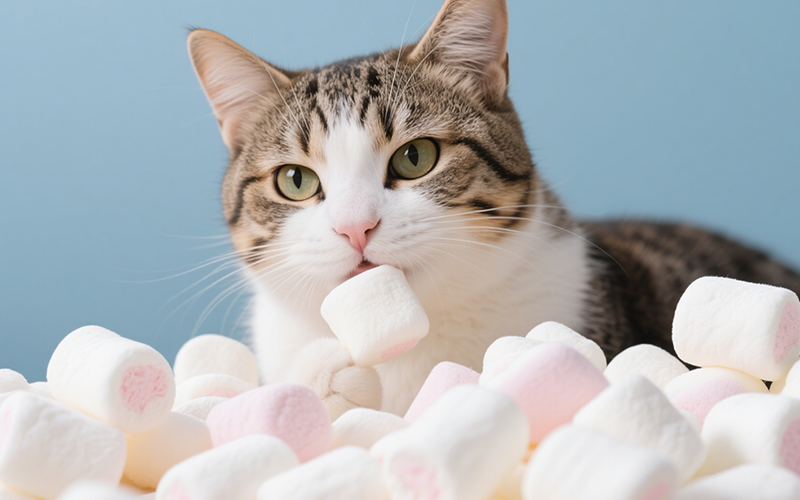
Deconstructing the Marshmallow: What's Really Inside?
To understand why marshmallows are bad for cats, we first need to look at their typical ingredients. A standard marshmallow primarily consists of:
Sugar: Usually a combination of sucrose (table sugar) and corn syrup (glucose). This is the main ingredient, making marshmallows incredibly high in sugar.
Water: Used in the cooking process.
Gelatin: A protein derived from animal collagen, providing the characteristic chewy, springy texture.
Air: Whipped into the mixture to create the light, puffy volume.
Minor Ingredients (Often Present):
Cornstarch or Powdered Sugar: Often used for coating to prevent sticking.
Artificial Flavors: Vanilla is common, but other flavors exist.
Artificial Colors: Especially in colorful varieties.
Preservatives: To extend shelf life.
Critical Variation: Sugar-Free Marshmallows:** These often contain artificial sweeteners, with **Xylitol** being a major concern due to its extreme toxicity to pets.
None of these primary ingredients align with the dietary needs of a cat.
Why Marshmallows Are a Bad Idea for Cats: Unpacking the Risks
Cats are obligate carnivores. Their bodies evolved to thrive on a diet high in animal protein and fat, with minimal carbohydrates. Their digestive systems and metabolism are not designed to handle sugary treats like marshmallows. Here’s a breakdown of the specific dangers:
1. Extreme Sugar Overload
Marshmallows are essentially pure sugar. Feeding sugar to cats offers absolutely no nutritional benefits and can lead to significant health problems:
Empty Calories & Obesity:** Sugar provides calories with no essential nutrients. Regular consumption contributes significantly to weight gain, leading to obesity. Feline obesity is a serious issue, drastically increasing the risk of conditions like diabetes, arthritis, heart disease, and reducing lifespan.
Diabetes Mellitus Risk:** A high-sugar diet can disrupt a cat's blood sugar regulation and contribute to the development of insulin resistance and diabetes, a chronic condition requiring lifelong management (including insulin injections and strict dietary control).
Dental Problems:** Sugar feeds harmful bacteria in the mouth, promoting plaque and tartar buildup. This leads to gingivitis (gum inflammation), periodontal disease, tooth decay, and potential tooth loss – conditions that are painful and can affect the cat's overall health.
Digestive Upset:** A sudden influx of sugar can overwhelm the cat's digestive system, leading to symptoms like vomiting, diarrhea, gas, and abdominal discomfort. Cats lack the necessary enzymes to efficiently process large amounts of sugar.
Remember, cats don't even have taste receptors for sweetness, so they aren't enjoying the marshmallow in the same way a human does. Any perceived interest is usually due to curiosity, texture, or associating the item with human attention.
2. Lack of Nutritional Value
As obligate carnivores, cats require specific nutrients found primarily in meat, such as high levels of protein, specific amino acids (like taurine), fatty acids, and certain vitamins. Marshmallows provide none of these essential nutrients. They are purely "junk food" for cats, displacing room in their diet that should be filled by species-appropriate food.
3. Choking Hazard
The unique texture of marshmallows – soft, squishy, sticky, and airy – poses a significant choking risk. A cat might try to swallow a piece whole, or a piece could become lodged in their throat or airway due to its sticky nature. The marshmallow could expand slightly with moisture, potentially worsening an obstruction. This risk is especially high for kittens or smaller cats.
4. Dangerous Additives: The Xylitol Threat (CRITICAL DANGER)
This is perhaps the most acute and life-threatening risk associated with marshmallows, specifically **sugar-free varieties**.
Xylitol Toxicity:** Xylitol is an artificial sweetener commonly used in sugar-free gum, candy, baked goods, peanut butter, and sometimes marshmallows. It is **EXTREMELY TOXIC** to both cats and dogs.
Mechanism of Toxicity:** In cats (and dogs), xylitol triggers a massive, rapid release of insulin from the pancreas. This causes a sudden and severe drop in blood sugar levels (hypoglycemia).
Symptoms of Xylitol Poisoning:** Signs can appear within 15-30 minutes of ingestion and include:
Vomiting
Weakness and Lethargy
Loss of coordination (appearing "drunk")
Collapse
Seizures
Coma
Liver Failure:** In addition to hypoglycemia, xylitol ingestion can also lead to acute liver failure, which is often fatal.
Emergency Situation:** Even a tiny amount of xylitol can be life-threatening. If you suspect your cat has ingested *any* product containing xylitol, it is a **critical emergency requiring immediate veterinary attention.** Do not wait for symptoms to appear.
**NEVER, under any circumstances, should a cat be given access to sugar-free marshmallows or any product potentially containing xylitol.** Always read ingredient labels carefully if considering *any* human food item, though marshmallows are best avoided entirely. The possibility of accidentally feeding a xylitol-containing marshmallow makes the answer to "can cats eat marshmallow?" lean heavily towards a definitive NO for safety reasons alone.
5. Artificial Colors and Flavors
While not usually acutely toxic, artificial colors and flavors can sometimes cause allergic reactions or sensitivities in susceptible cats, potentially leading to skin issues or digestive upset.
Are Marshmallows Technically "Toxic" (Besides Xylitol)?
Excluding the severe toxicity of xylitol found in sugar-free versions, are plain, standard marshmallows considered poisonous? Generally, no. A tiny nibble of a plain marshmallow is unlikely to cause systemic poisoning in the way that lilies or antifreeze would. However, they are extremely **unhealthy and unsafe** due to the high sugar content, lack of nutritional value, potential for digestive upset, and choking risk. Therefore, while not classified as a potent poison (unless containing xylitol), they are absolutely unsuitable and detrimental to a cat's health and should be avoided.
Help! My Cat Ate a Marshmallow! What Should I Do?
If you discover your cat has consumed a marshmallow, here’s a plan of action: 1. **Identify the Type:** Was it a standard marshmallow or a sugar-free one? **If there is ANY chance it was sugar-free, assume it contains xylitol and proceed immediately to step 4.** Check the packaging ingredients if possible. 2. **Estimate the Amount:** Was it a tiny piece or a whole marshmallow (or more)? 3. **Remove Access:** Secure any remaining marshmallows out of your cat's reach. 4. **Contact Your Veterinarian or Emergency Pet Clinic IMMEDIATELY:** * **If Xylitol is Suspected:** Treat this as a critical emergency. Call your vet or emergency clinic while you are on your way. Inform them you suspect xylitol ingestion. Prompt treatment is vital for survival. Do not wait for symptoms. * **If Plain Marshmallow:** Call your vet for guidance. Explain the situation (type, amount eaten, time elapsed, your cat's size/weight). They can advise you based on the specifics. 5. **Monitor Closely (If Plain Marshmallow & Vet Advised):** If your vet advises monitoring at home after ingestion of a *small* piece of *plain* marshmallow, watch carefully for the next 24-48 hours for: * Vomiting * Diarrhea * Lethargy * Lack of appetite * Signs of choking or difficulty breathing (seek immediate emergency care if this occurs) * Signs of abdominal discomfort 6. **Do NOT Induce Vomiting:** Never try to make your cat vomit unless explicitly instructed to do so by a veterinarian, as it can sometimes cause more harm.
Marshmallow Safety Summary for Cats
This table summarizes the key reasons why marshmallows are unsuitable for cats:
| Marshmallow Component / Aspect | Risk Level / Impact on Cats | Recommendation / Status |
| High Sugar Content (Glucose, Sucrose) | Very High Risk / Unhealthy | Contributes to obesity, diabetes risk, dental disease, digestive upset. No nutritional value for obligate carnivores. |
| Lack of Essential Nutrients | High Risk / Unhealthy | Provides empty calories, displacing species-appropriate food. |
| Texture (Soft, Sticky, Puffy) | Moderate-High Risk | Significant choking hazard. |
| Xylitol (in Sugar-Free versions) | EXTREMELY TOXIC / DANGEROUS | Causes severe hypoglycemia and potential liver failure. Potentially fatal. **AVOID AT ALL COSTS.** |
| Artificial Colors / Flavors | Low-Moderate Risk | Potential for sensitivities or allergies in some cats. |
| Overall Answer to: Can cats eat marshmallow? | NO. Marshmallows are unhealthy (high sugar, no nutrients), pose a choking risk, and sugar-free versions containing xylitol are extremely toxic. They should never be intentionally fed to cats. | |
Instant Pet Queries? PettureX Offers Guidance
Dealing with accidental ingestions or having urgent questions about pet safety can be stressful. While your veterinarian is the ultimate resource, apps like **PettureX** can offer immediate general information. PettureX features include:
24/7 AI Veterinary Consultation: Ask the AI assistant general questions like "What makes xylitol toxic to cats?" or "What are signs of choking in cats?". This can provide quick background information and help you understand the urgency while you contact your vet. *AI consultations are for informational purposes and do not replace professional veterinary care.*
Image Recognition for Pet Health:** Useful for visual concerns, complementing overall pet health monitoring.
Animal Species Identification:** Helps identify potential hazards in your environment.
PettureX can be a helpful tool for quick access to general knowledge, supporting informed conversations with your veterinarian.
Choosing Safe and Healthy Treats for Your Cat
Instead of offering risky human foods like marshmallows, show your affection with treats that are actually good (or at least safe) for your feline friend: * **Commercial Cat Treats:** Select high-quality treats specifically formulated for cats. Look for treats low in calories and made with meat-based proteins. Dental treats can also help with oral hygiene. * **Plain Cooked Meat:** Small pieces of unseasoned, cooked chicken, turkey, lean beef, or fish (ensure all bones are removed) make excellent, high-protein treats. * **Freeze-Dried Meat Treats:** Single-ingredient treats (like salmon, chicken, liver) are highly palatable and species-appropriate. * **Catnip:** A small amount of fresh or dried catnip can be an enjoyable treat for many cats (though some are unaffected). * **Food Puzzle Toys:** Engage your cat's mind by placing their regular kibble or safe treats inside a puzzle toy. * **Affection and Play:** Sometimes the best "treat" is extra playtime with a favorite toy or some quality cuddle time! Always introduce new treats in moderation and ensure treats make up only a small percentage (less than 10%) of your cat's daily caloric intake.
Conclusion: Keep Marshmallows Off the Menu for Cats
In conclusion, the answer to "can cats eat marshmallow?" is a firm and resounding **no**. Plain marshmallows are packed with sugar, offer zero nutritional value for an obligate carnivore, pose a choking hazard, and can contribute to serious long-term health problems like obesity, diabetes, and dental disease. Furthermore, sugar-free marshmallows often contain the highly toxic artificial sweetener xylitol, making them potentially lethal even in small amounts. Protect your cat's health and safety by keeping marshmallows and other sugary human treats strictly out of their reach. Choose treats specifically designed for cats or offer small amounts of plain cooked meat instead. If accidental ingestion occurs, especially if xylitol is suspected, contact your veterinarian immediately. Responsible pet ownership means making informed choices about nutrition, and for marshmallows, the choice is clear: they are for human enjoyment only.
Related

Kefir for Kitties? A Veterinarian-Reviewed Guide to Safety, Benefits & Risks
- 22 Apr 2025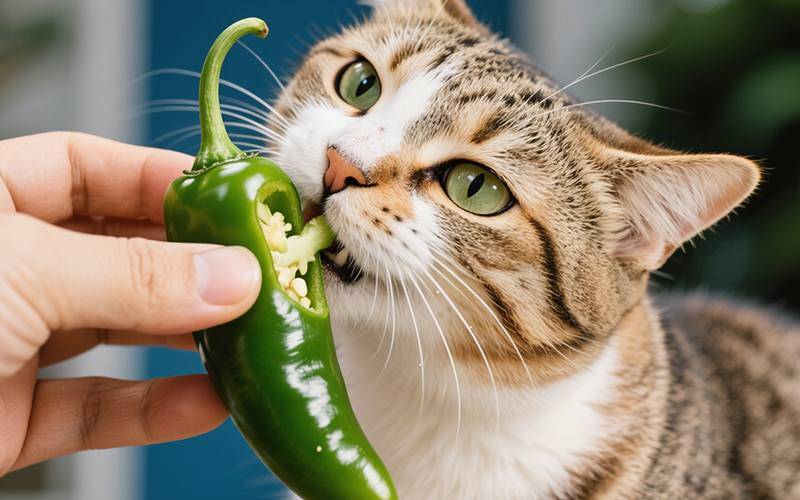
The Burning Question: Can Cats Eat Jalapenos? A Comprehensive Safety Guide
- 21 Apr 2025
Cool Temptation: Can Cats Eat Ice Cream Safely? The Vet-Backed Truth
- 21 Apr 2025
Frankly Dangerous: Can Cats Eat Hot Dogs? Vet Explains the Serious Risks
- 16 Apr 2025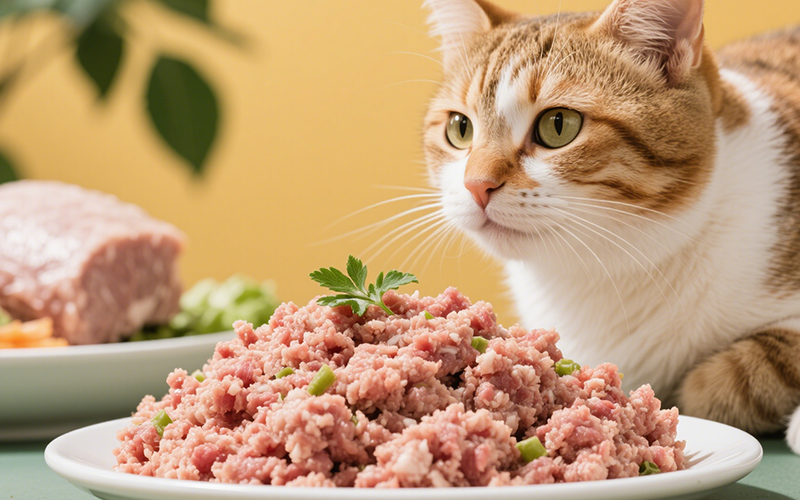
A Purrfect Protein? Can Cats Eat Ground Turkey Safely? (Vet-Reviewed Guide)
- 16 Apr 2025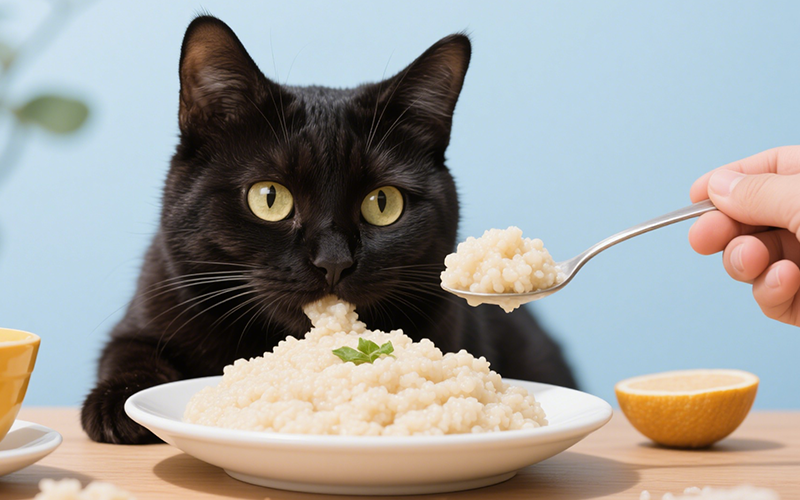
Gritty Situation: Can Cats Eat Grits Safely? Vet Explains the Risks
- 16 Apr 2025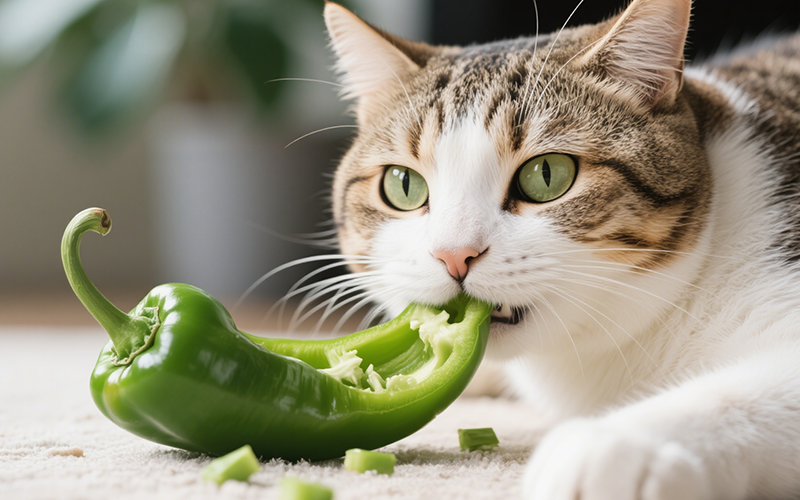
Crunchy Query: Can Cats Eat Green Peppers? A Vet-Reviewed Safety Analysis
- 16 Apr 2025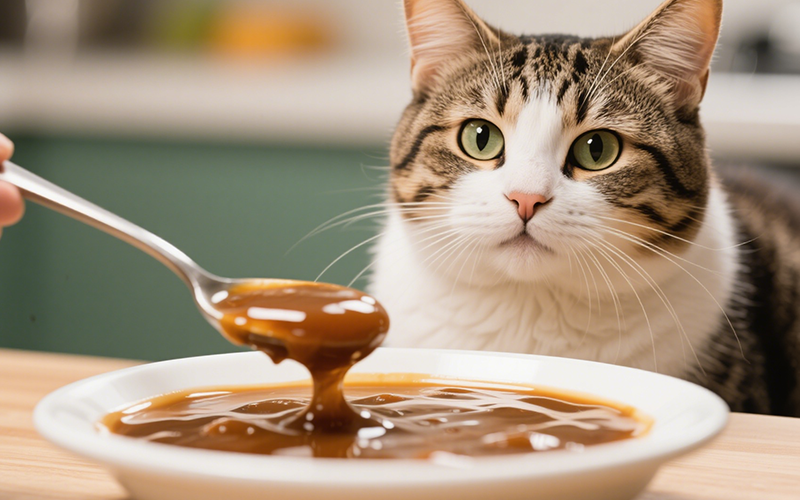
Gravy Danger Zone: Can Cats Eat Gravy Safely? (Vet-Reviewed Warning)
- 16 Apr 2025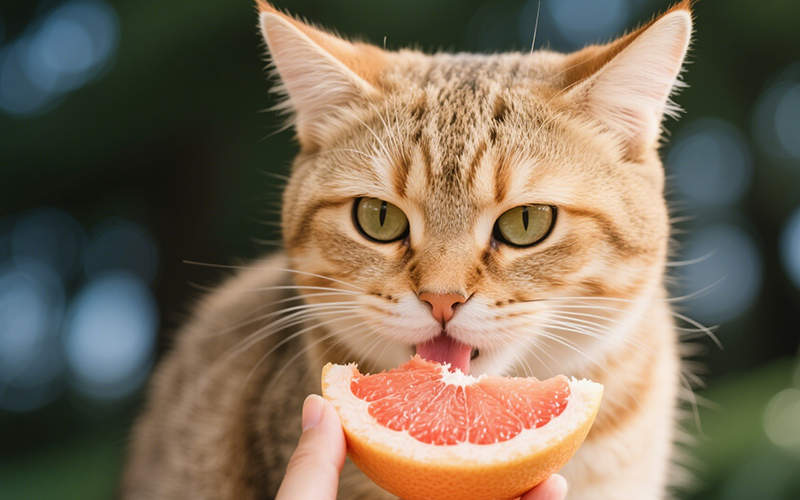
Toxic Temptation: Can Cats Eat Grapefruit? Vet Explains the Dangers
- 16 Apr 2025
Emergency Meal or Major Mistake? Can Cats Eat Dog Food For A Couple Days? (Vet Guide)
- 16 Apr 2025
